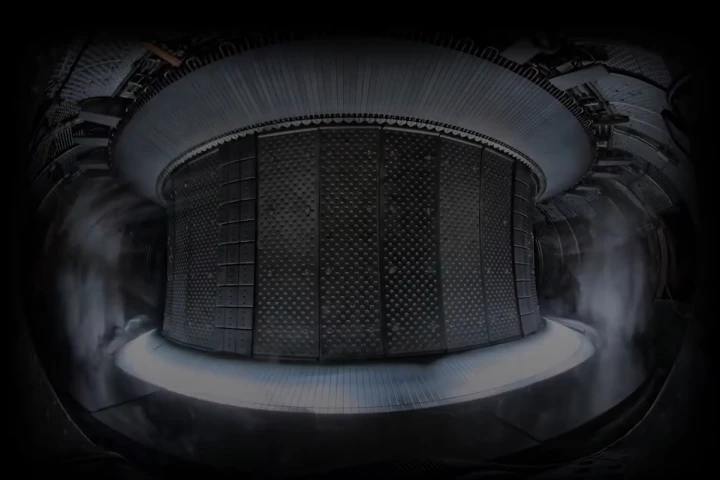Tiny drops of water might not seem like powerhouse energy producers, but a new method shows how simple tubes might be able to turn falling rain into an energy source. In tests, the method was able to power up 12 LED lights.
When it comes to generating clean energy from water, hydroelectric would certainly be the first thing to come to mind. But the issue with utility-level turbines is that they need large flows of water to operate, so their installation locations are limited. Wave energy is steadily coming on board as well, but again, that type of power generation is very site specific.
But there's another type of water that blankets nearly all of our planet at one time or another: raindrops. And now researchers from the National University of Singapore have shown that there might be a way to generate power just by channeling the drops a certain way.
“Water that falls through a vertical tube generates a substantial amount of electricity by using a specific pattern of water flow: plug flow,” says Siowling Soh, the corresponding author of the new study. “This plug flow pattern could allow rain energy to be harvested for generating clean and renewable electricity.”
The pattern Soh references was established through a rainwater simulating device in the team's lab. The researchers created a tower topped with a metallic needle that allowed rain-sized drops of water to drip out. Beneath this, they placed a 32-cm-tall tube (12-in) with a diameter of 2 mm (0.07 in). The tube was made out of an electrically conductive polymer. When the drops slammed into the top of this tube, they were broken into pieces that had air in between each – a pattern known as plug flow.
As the air and water traveled down the tubes, electrical charges in the water separated, and wires attached to the top of the tube and a collection cup beneath it harvested the resulting electricity. The plug-flow system was five times more effective than one tested with a steady flow of water. It was ultimately able to convert about 10% of the energy from the falling water into electricity.
Further testing showed that using two tubes doubled electrical production, enough to power 12 LEDs continuously for 20 seconds. While that's no Hoover Dam, the researchers believe that their system could eventually be installed in bulk in areas like urban rooftops where they could contribute to a building's overall clean energy supply. They also say that the droplets flowing through their system worked at a much slower rate than actual rainfall, so the system should work just as well – or better – in actual outdoor conditions.
The research has been published in the journal ACS Central Science.
Source: American Chemical Society





